Most Common Signs and Symptoms Your Trees Have Pests
- February 10, 2025
- 0 comment
Trees play a vital role in our ecosystem, providing beauty, shade, and essential habitat for wildlife. However, pests can threaten their health and longevity. Recognizing the common signs and symptoms of pest infestations is crucial for maintaining the vitality of your trees. From unusual leaf discoloration to visible insect activity, understanding these indicators can help you take timely action and protect your green companions.
Tree Damage Caused By Pests
- Caterpillars, beetles, and grasshoppers chew leaves, leaving them riddled with holes or completely defoliated.
- Bark beetles and borers drill into the trunk and branches, causing cracks, holes, and missing bark.
- Root rot fungi can devastate the root system, leading to poor growth, wilting, and instability.
- Severe infestations weaken the tree’s structure, resulting in branch dieback, canopy thinning, or even total tree collapse over time.
10 Common Signs and Symptoms Your Trees Have Pests
1. Chewed Leaves
Chewed leaves can be a clear indicator of pest activity, resembling a buffet for insects. Irregular edges and holes are often left behind by hungry caterpillars, beetles, and grasshoppers. One notorious offender, the birch leafminer, makes birch foliage appear like Swiss cheese, leading to severe defoliation if not addressed. This type of damage can stunt growth, weaken the tree’s overall health, and make it more susceptible to diseases and environmental stress. To mitigate the risk of such damage, regular inspections are essential. Monitoring your trees for signs of pest activity can allow you to catch infestations early, enabling effective interventions that protect your tree’s vitality and aesthetic appeal.
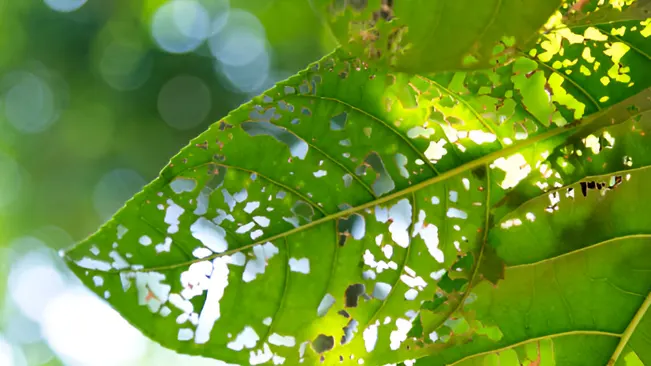
Beyond just the immediate visual impact, the consequences of chewed leaves can be far-reaching. Defoliation hampers the tree’s ability to photosynthesize, which is crucial for its growth and energy production. Over time, a tree with significant leaf damage may struggle to store nutrients and water, ultimately affecting its overall resilience. If left untreated, these pests can lead to a cascade of problems, including stunted growth and increased vulnerability to diseases. Taking proactive measures, such as applying natural or chemical treatments and promoting healthy tree care practices, can greatly enhance your tree’s chances of thriving in the face of pest challenges.
2. Discolored or Wilted Leaves
Discolored or wilted leaves can signal that pests are draining the life from your tree. When leaves turn yellow, brown, or black, it’s often a sign of distress caused by sap-sucking insects like aphids, scale insects, and spider mites. For instance, spider mites frequently target spruce trees, leaving their needles looking pale and lifeless. Similarly, the hemlock woolly adelgid can inflict significant damage on hemlocks, leading to discoloration and drooping foliage. This early warning sign should not be overlooked; prompt identification of these symptoms is crucial. Taking immediate action, such as pruning affected branches and implementing targeted pest control methods, can help restore your tree’s health and prevent further complications.
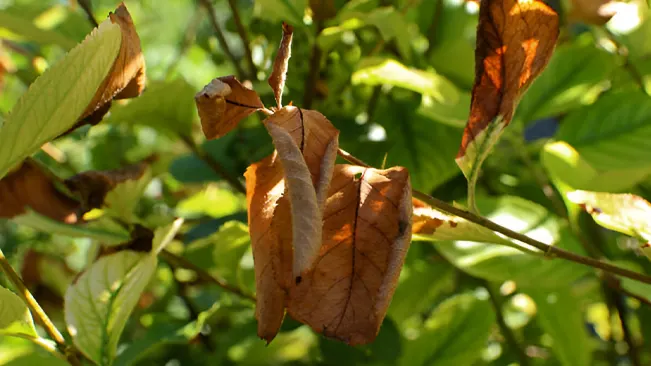
The presence of discolored leaves is not just an aesthetic concern; it reflects a deeper issue within the tree’s overall health. When sap-sucking pests feed on the leaves, they deprive the tree of essential nutrients and water, leading to compromised growth and vigor. Over time, prolonged infestations can weaken the tree’s structure, making it more susceptible to diseases and environmental stresses. By recognizing the signs of pest damage early and acting swiftly, you can enhance your tree’s resilience, ensuring it remains a robust part of your landscape for years to come.
3. Sticky Residue on Leaves
A sticky residue on your tree’s leaves, twigs, or branches is often a sign of sap-sucking pests like aphids, scale insects, and whiteflies. Known as honeydew, this sugary byproduct is produced when these pests pierce the leaves to feed on the sap. The presence of honeydew can create a sticky coating that not only detracts from the tree’s appearance but also attracts sooty mould and other pests. Maple trees are particularly vulnerable to aphid infestations, which can leave their leaves looking glazed. If your tree appears to be covered in syrup, it’s essential to address the issue promptly to prevent further complications and protect the tree’s health.
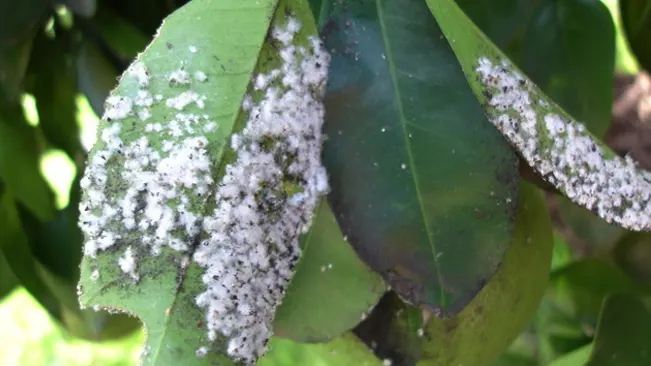
Beyond the immediate nuisance, the sticky residue can lead to more significant problems over time. Honeydew can promote the growth of sooty mould, which can block sunlight and hinder photosynthesis, further stressing the tree. Additionally, the presence of honeydew can attract other insects, creating a cycle of pest problems that may escalate. Implementing effective treatments such as insecticidal soaps or introducing beneficial insects like ladybugs can help control the infestation. Regular monitoring and maintenance are crucial for preserving your tree’s health and preventing the long-term effects of pest damage.
4. Galls and Abnormal Growths
Swellings and abnormal growths, known as galls, on your tree’s leaves, stems, or branches may indicate a pest problem. Gall mites, gall wasps, and aphids are common culprits that inject chemicals into the tree, prompting it to produce these unsightly growths. Oak trees, for example, frequently develop oak apple galls, which resemble small, round fruit hanging from branches. While galls are typically not fatal to the tree, their presence signals a pest issue that could lead to more significant damage if left unchecked. Regular monitoring and management of these growths are essential to maintaining the tree’s overall health and stability.
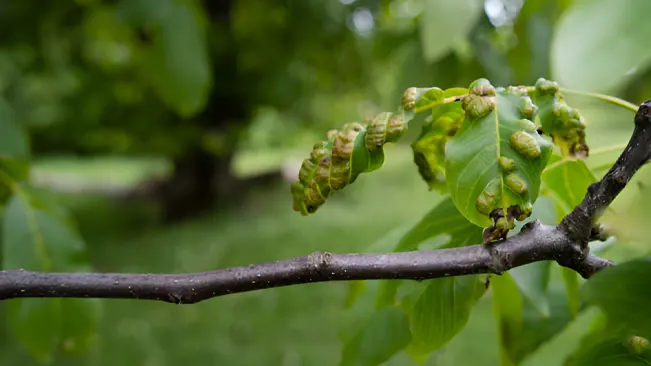
Galls can interfere with the tree’s ability to transport nutrients and water effectively, potentially stunting its growth. Additionally, galls can create entry points for pathogens and other pests, increasing the risk of disease. If you notice galls on your trees, it’s important to assess the extent of the infestation and take appropriate measures to control it. This may include targeted treatments and cultural practices to enhance the tree’s health, helping to prevent further complications and ensuring a robust growth cycle.
5. Bark Damage
Bark damage is a serious warning sign that your tree is in trouble. Cracks, holes, or missing bark on the trunk or branches can indicate the presence of bark beetles, borers, or canker fungi. The emerald ash borer is notorious for leaving distinctive D-shaped exit holes in ash trees, while other pests create winding galleries beneath the bark. This type of damage compromises the tree’s structural integrity, making it more susceptible to diseases and environmental stresses. Regular inspections for signs of bark damage are crucial, as early detection can significantly improve the chances of saving the tree.
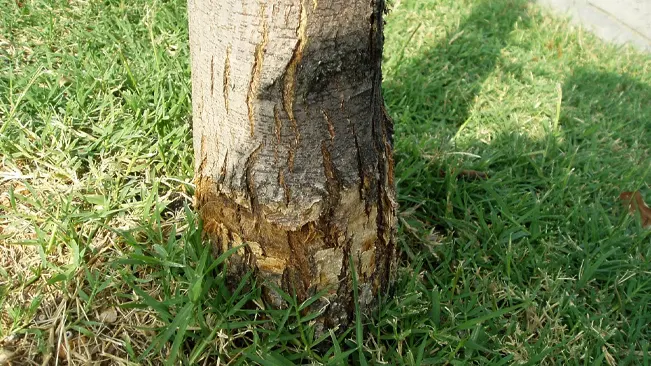
The impact of bark damage extends beyond aesthetics; it can lead to a range of health issues for the tree. When the protective bark is compromised, it exposes the tree to pathogens, environmental stressors, and pests, all of which can further weaken its health. Timely interventions, such as removing infested branches and applying protective treatments, can help mitigate damage and support the tree’s recovery. Maintaining a vigilant approach to monitoring bark health is essential for preserving your tree’s overall vitality and longevity.
6. Frass or Sawdust
Frass, the sawdust-like material found around the base of a tree or on its branches, is a clear sign of borers, bark beetles, or carpenter ants. The Asian longhorned beetle, for instance, leaves piles of frass on maple trees as it bores into the wood. The presence of frass indicates that these pests are actively feeding within the tree, which can lead to severe structural damage over time. If you notice sawdust around your tree, it’s crucial to investigate further and assess the extent of the infestation. These burrowing pests can weaken the tree from the inside out, increasing the risk of breakage and disease, making early detection and treatment vital.
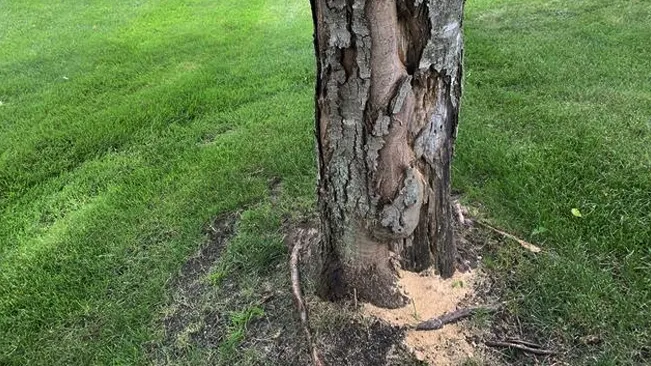
Addressing the issue promptly is essential to preserving your tree’s health. Once identified, treatments may involve targeted insecticides or introducing natural predators to manage the pest population. Regular monitoring for signs of frass and other indications of infestation is key to maintaining the integrity of your trees. By taking a proactive approach, you can help protect your trees from the damaging effects of these pests, ensuring they remain strong and healthy.
7. Branch Dieback
Branch dieback refers to the progressive death of tree branches, often beginning at the tips and moving inward. Common causes include borers, bark beetles, and canker fungi, all of which can significantly impact the tree’s overall health. Diseases like Dutch elm disease can lead to significant branch dieback, resulting in a sparse and unhealthy appearance. Signs of branch dieback may include brittle branches, incomplete leaf development, and premature leaf drop. Early identification of branch dieback is crucial to prevent the infestation from spreading to the trunk and potentially killing the entire tree.
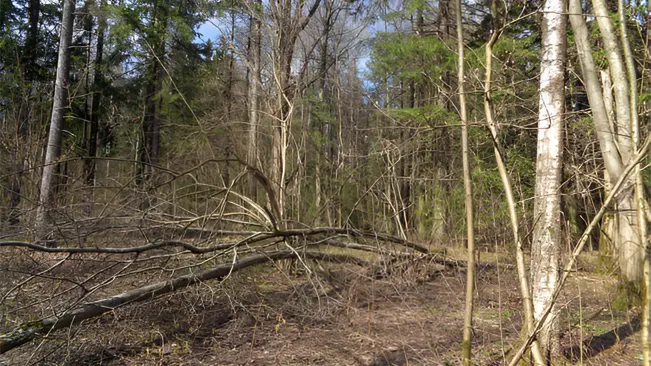
The progression of branch dieback can weaken the tree’s structure and make it more vulnerable to other stressors, such as drought or extreme weather. If left unaddressed, it can lead to extensive damage that may be difficult to reverse. Regular inspections and prompt treatments, including pruning affected branches and applying appropriate pest control measures, are essential to mitigate the impact of dieback. By maintaining vigilance and taking swift action, you can help safeguard your tree’s health and longevity.
8. Exit Holes
Small, round, or D-shaped holes in a tree’s trunk or branches are typically exit holes created by borers, bark beetles, and weevils. Pests like the bronze birch borer and emerald ash borer leave distinctive holes as they emerge from inside the tree. While these openings may seem minor, they indicate an internal infestation that can compromise the tree’s health. Regular monitoring for these signs and taking appropriate action is essential for preserving your tree’s strength and longevity.
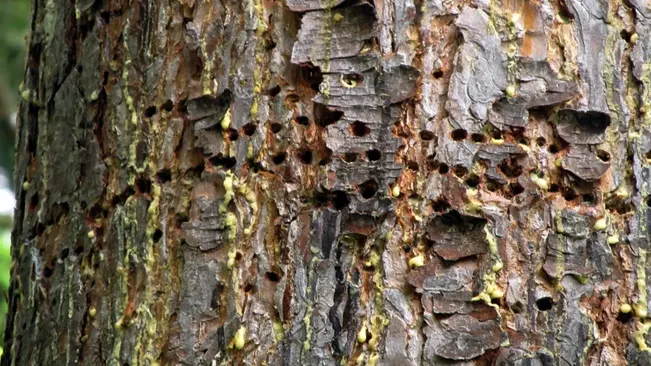
The presence of exit holes suggests that the tree has been compromised, potentially leading to structural instability and increased susceptibility to diseases. If exit holes are detected, it’s important to assess the extent of the infestation and take corrective measures. Treatments may include applying insecticides or implementing cultural practices to improve the tree’s overall health. Proactive monitoring and timely interventions can significantly enhance your tree’s resilience against pests and ensure it thrives in its environment.
9. Root and Crown Rot
Root and crown rot are insidious threats that can silently damage trees from below the surface. Signs of these conditions include mushrooms or fungal growth around the tree’s base, wilting, and poor growth. Fungi such as Armillaria can cause root rot, leading to a gradual decline in the tree’s health, while Phytophthora thrives in wet conditions, slowly deteriorating the root system. If you notice unusual growths around the base of your tree or observe wilting despite proper watering, it’s crucial to investigate potential root rot and take corrective measures.
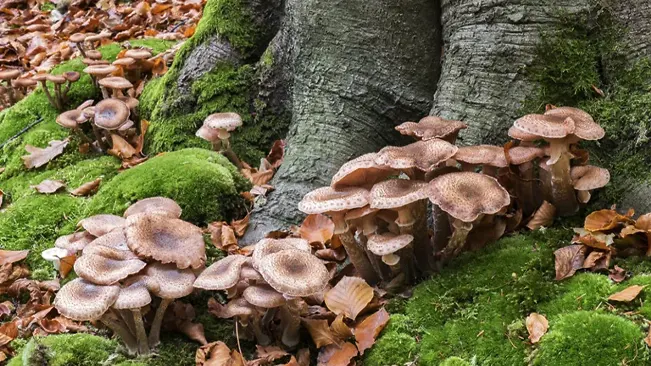
The hidden nature of root and crown rot makes early detection challenging but essential. If not addressed, these conditions can lead to significant structural issues, ultimately resulting in tree mortality. Monitoring soil moisture levels, avoiding overwatering, and ensuring good drainage can help prevent these problems. Additionally, implementing proper sanitation practices, such as removing infected materials and improving air circulation, can further protect your trees. By staying vigilant and acting promptly, you can help safeguard your tree’s health from these potentially devastating conditions.
10. Defoliation
Sudden or excessive loss of leaves or needles is a clear indication that your tree is under siege. Pests like caterpillars, beetles, and sawflies can strip trees of their foliage in a short period. Gypsy moths, for example, are notorious for defoliating oak and maple trees, often causing widespread leaf loss. Rapid defoliation can hinder the tree’s ability to photosynthesize, which is crucial for its overall health and growth. Identifying the responsible pests and treating them promptly is essential for helping your tree recover its leafy glory before it’s too late.
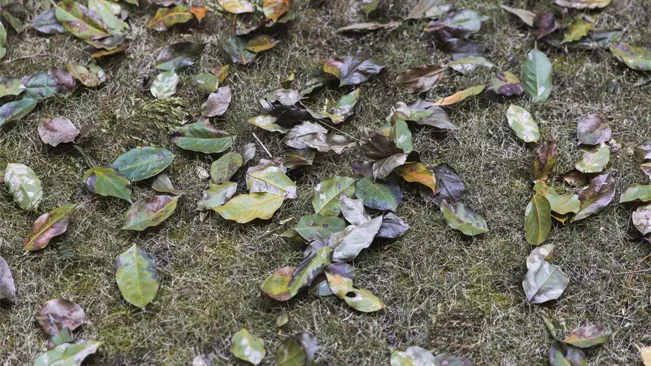
The consequences of defoliation extend beyond mere aesthetics; they can significantly impact the tree’s overall health. When a tree loses a large portion of its foliage, it struggles to produce the energy needed for growth and can become more susceptible to environmental stresses and diseases. If you notice signs of defoliation, it’s crucial to act quickly whether through targeted pest management strategies or cultural practices like improved watering and fertilization. By addressing the issue promptly, you can help your tree rebound and restore its lush, green appearance.
Conclusion
In conclusion, recognizing the common signs and symptoms of pest infestations is essential for maintaining healthy trees. Indicators like chewed leaves, discolored foliage, and sticky residue signal potential pest activity that can weaken trees over time. Early detection and prompt intervention are crucial to prevent damage and ensure your trees thrive. By staying vigilant and conducting regular inspections, you can protect your trees and contribute to the overall health of your landscape.
FAQS
- What are some common signs that my tree may have pests?
Common signs include chewed leaves, discolored or wilted foliage, sticky residue on leaves, abnormal growths or galls, bark damage, and frass (sawdust-like material). - How can I tell if my tree has chewed leaves due to pests?
Chewed leaves will often have irregular edges or holes. Look for signs of pests like caterpillars, beetles, or grasshoppers, which may leave your tree looking like it has been nibbled on. - What does sticky residue on my tree indicate?
Sticky residue, known as honeydew, is typically a sign of sap-sucking pests like aphids or scale insects. This residue can attract mold and other pests. - Are galls harmful to my tree?
While galls themselves are usually not fatal, they indicate a pest issue that can lead to further damage if left untreated. Regular monitoring is essential. - How can I manage bark damage?
If you notice cracks, holes, or missing bark, inspect for pests like bark beetles or borers. Prompt treatment, such as insecticides or removing infested areas, can help save the tree. - What should I do if I find frass around my tree?
Frass is a sign of borers or beetles. Investigate further to determine the extent of the infestation and consider contacting a pest control professional for assistance. - How do I prevent branch dieback in my trees?
Regular monitoring, proper watering, and addressing pest infestations early can help prevent branch dieback. If you notice signs, act quickly to manage the problem. - What steps can I take if I suspect root rot?
If you see mushrooms at the base of your tree or notice wilting despite adequate watering, investigate for root rot. Improve drainage, avoid overwatering, and consider consulting an expert for treatment options. - Why is defoliation concerning for my trees?
Sudden or excessive leaf loss can hinder a tree’s ability to photosynthesize, impacting its health and growth. Promptly identify and treat the pests responsible to aid recovery. - How often should I inspect my trees for pests?
Regular inspections ideally at least once a month can help you catch any signs of pest activity early, allowing for timely interventions to protect your trees.

Joel Cunningham
Forestry AuthorI'm Joel Cunningham, an expert in pruning and weed management with over a decade of experience. My skills are rooted in formal training and extensive practice, focusing on advanced pruning techniques and efficient weed control. I'm known for my quality work, precision, and deep understanding of plant health and soil dynamics. My contributions extend to educational initiatives where I share sustainable practices and advice, establishing myself as a reliable and authoritative figure in the gardening community.



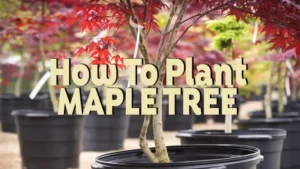
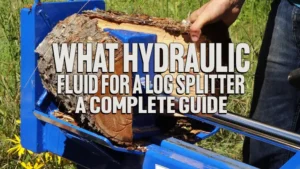


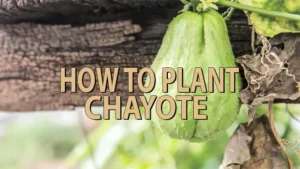




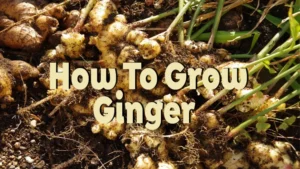
Leave your comment